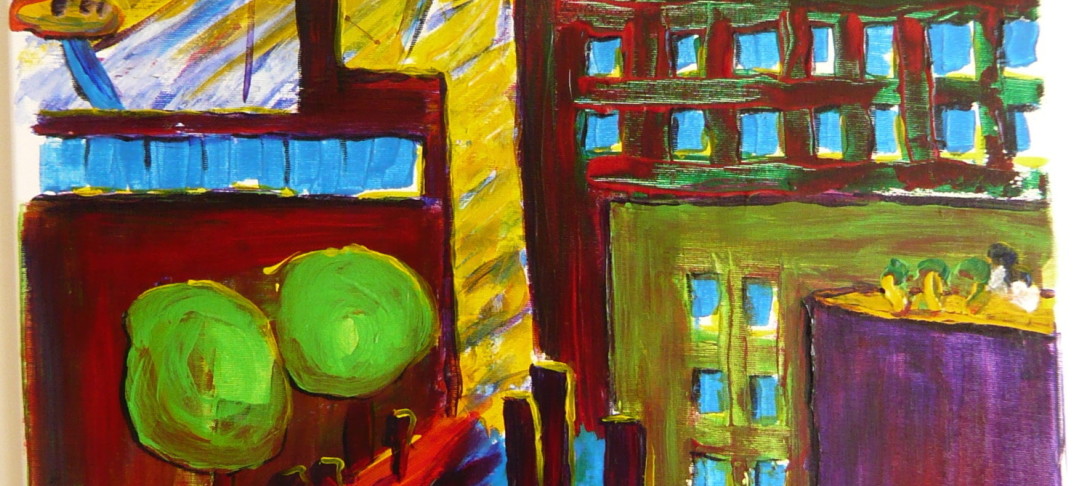
Complex networks have been successfully used to describe the properties of dynamical processes ofsocial and biological importance. Two classic examples are the spread of diseases and the emergence of shared norms in populations of interacting individuals. Thanks to network descriptions, our understanding of the dynamics of such systems has increased significantly in the last two decades. However, pairwise interactions are often not enough to characterize contagion or coordination processes such as opinion formation or the adoption of novelties, where complex mechanisms of influence and reinforcement are at work.
Here we present recent results on the higher-order generalization of a simple spreading process and of the naming game. First, we introduce a higher-order model of social contagion in which a social system is represented by a simplicial complex and contagion can occur through interactions in groups of different sizes. Numerical simulations of the model on both empirical and synthetic simplicial complexes highlight the emergence of novel phenomena, such as a discontinuous transition induced by higher-order interactions. We show analytically that the transition is discontinuous and that a bistable region appears where healthy and endemic states co-exist. Our results help explain why critical masses are required to initiate social changes and contribute to the understanding of higher-order interactions in complex systems.
We then turn to the naming game as a prototypical examples of norm emergence and show that higher order interactions can create interesting novel phenomenologies, for example they can explain how –when communications among agents is inefficient– even very small committed minorities are able to bring the system to a tipping point and flip the majority in the system.
We conclude with an outlook on high-order model, posing new questions and paving the way for modeling dynamical processes on these networks.


